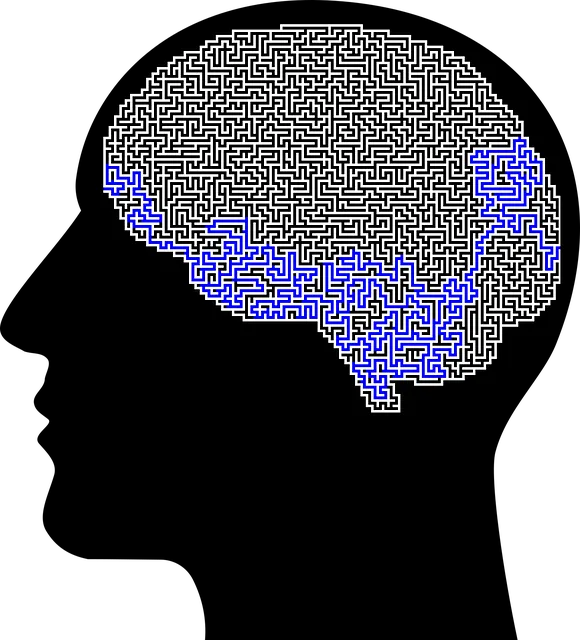Lone Tree Kaiser Permanente recognizes pressing needs in local mental health care, designing targeted initiatives through community feedback and statistics. Their approach involves partnerships with local leaders, schools, churches, and centers to reach vulnerable populations. Evidence-based practices like Conflict Resolution Techniques and Social Skills Training empower individuals with tools for emotional healing. The program's success is measured both quantitatively (reach) and qualitatively (emotional impact), fostering open conversations about mental health within the community.
In today’s digital era, community outreach programs play a pivotal role in enhancing access to essential services like mental health care. This article explores how organizations, such as Kaiser Permanente in Lone Tree, can effectively navigate and address gaps in local mental health services. We delve into the process of understanding community needs, designing tailored programs, implementation strategies, and measuring success through impactful engagement. With a focus on Lone Tree Kaiser Permanente mental health services, this guide offers valuable insights for revolutionizing access to care.
- Understanding Community Needs: Identifying Gaps in Mental Health Services
- Designing Effective Outreach Programs: Strategies for Kaiser Permanente
- Implementation Steps: From Planning to Action in Lone Tree
- Measuring Success: Evaluating the Impact of Community Engagement
Understanding Community Needs: Identifying Gaps in Mental Health Services

Understanding the specific needs of a community is a crucial first step in implementing effective outreach programs. This process involves identifying gaps in essential services, such as mental health care, which is often a pressing concern for many communities. In the case of Lone Tree, Kaiser Permanente has recognized the need to enhance its mental health services, as evidenced by their dedicated support and initiatives. The number of individuals seeking assistance for anxiety relief highlights a significant gap that requires attention.
By evaluating community feedback and statistics, organizations can develop targeted programs. Public awareness campaigns play a vital role in educating folks about available resources, fostering inner strength development, and encouraging early intervention. This proactive approach ensures that the right support reaches those who need it most, ultimately improving overall well-being within the community.
Designing Effective Outreach Programs: Strategies for Kaiser Permanente

Designing effective outreach programs for organizations like Kaiser Permanente in Lone Tree requires a deep understanding of the community’s needs and a tailored approach. One key strategy is to involve local leaders and stakeholders who can identify at-risk populations and understand their unique challenges, be it access to mental health services or barriers to engaging with healthcare providers. By fostering partnerships with schools, churches, and community centers, Kaiser Permanente can ensure its outreach efforts reach the most vulnerable groups.
Additionally, integrating evidence-based practices such as Conflict Resolution Techniques, Social Skills Training, and Communication Strategies into these programs can significantly enhance their impact. These strategies not only improve relationships and understanding within communities but also encourage open dialogue about mental health, reducing stigma and increasing the number of individuals seeking support from Lone Tree Kaiser Permanente’s mental health services.
Implementation Steps: From Planning to Action in Lone Tree

In Lone Tree, the implementation of community outreach programs for mental health services is a strategic process that begins with meticulous planning and extends to actionable initiatives. The first step involves assessing the local community’s unique needs through surveys, focus groups, and discussions with stakeholders like schools, churches, and local businesses. This phase is crucial in understanding the prevalent mental health concerns, including anxiety, depression, and social skills deficiencies, which often hinder emotional healing processes.
Once the needs are identified, the planning team can design tailored programs that incorporate various therapeutic approaches. For instance, workshops on stress management, mindfulness, and emotional intelligence can be organized to empower individuals with practical tools for improving their mental well-being. Additionally, group therapy sessions focused on fostering social connections and enhancing communication skills can significantly benefit those struggling with loneliness or isolation. Lone Tree Kaiser Permanente mental health services number plays a vital role in coordinating these programs, ensuring access to specialized care while promoting a holistic approach to emotional intelligence.
Measuring Success: Evaluating the Impact of Community Engagement

Measuring success is a vital component of community outreach programs, as it allows for a deep understanding of their impact and effectiveness. Evaluating the success of initiatives aimed at enhancing mental health services, such as those offered by Lone Tree Kaiser Permanente, involves assessing both quantitative and qualitative data. The number of individuals reached through these programs can be a primary metric, indicating the scale and scope of engagement. However, it is equally important to delve into the emotional healing processes that take place within the community.
Community outreach plays a significant role in Mental Illness Stigma Reduction Efforts and Burnout Prevention by fostering open conversations about mental health. Through workshops, support groups, and educational sessions, participants can share their experiences, learn from one another, and challenge societal perceptions. This holistic approach ensures that programs like Lone Tree Kaiser Permanente’s not only provide direct services but also contribute to a broader cultural shift, where emotional well-being is prioritized and supported on a community level.
Community outreach programs, as exemplified by Kaiser Permanente’s strategies in Lone Tree, play a pivotal role in addressing mental health gaps. By understanding local needs, designing targeted initiatives, and measuring success through community engagement, organizations like Kaiser Permanente can significantly enhance access to essential mental health services, impacting the well-being of the entire Lone Tree community. This approach ensures that resources are allocated effectively, fostering a healthier and more supportive environment for all.






